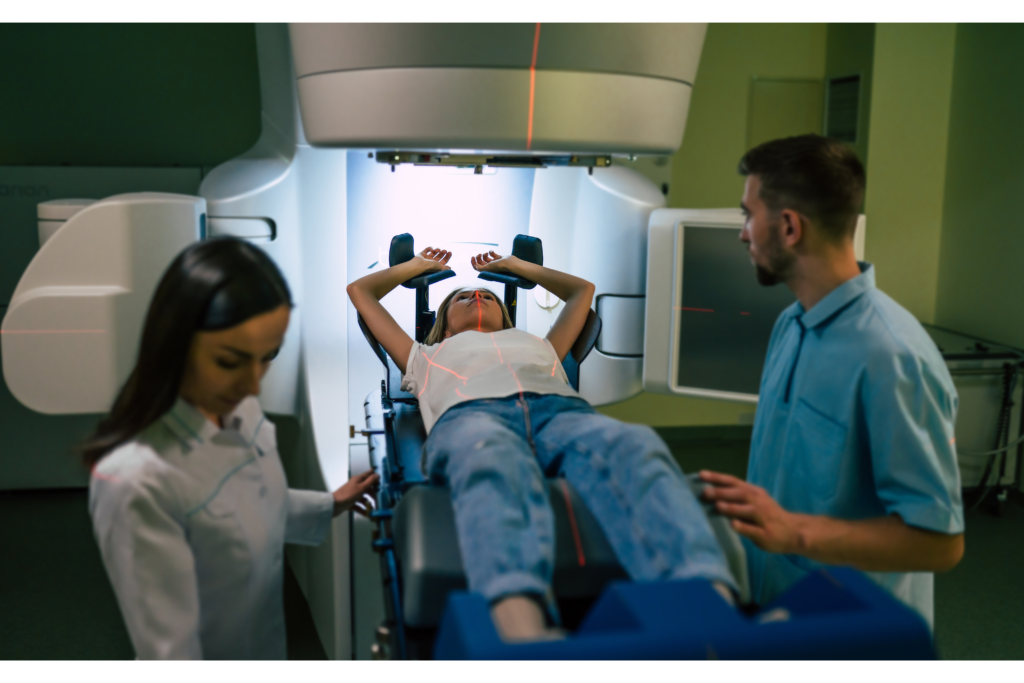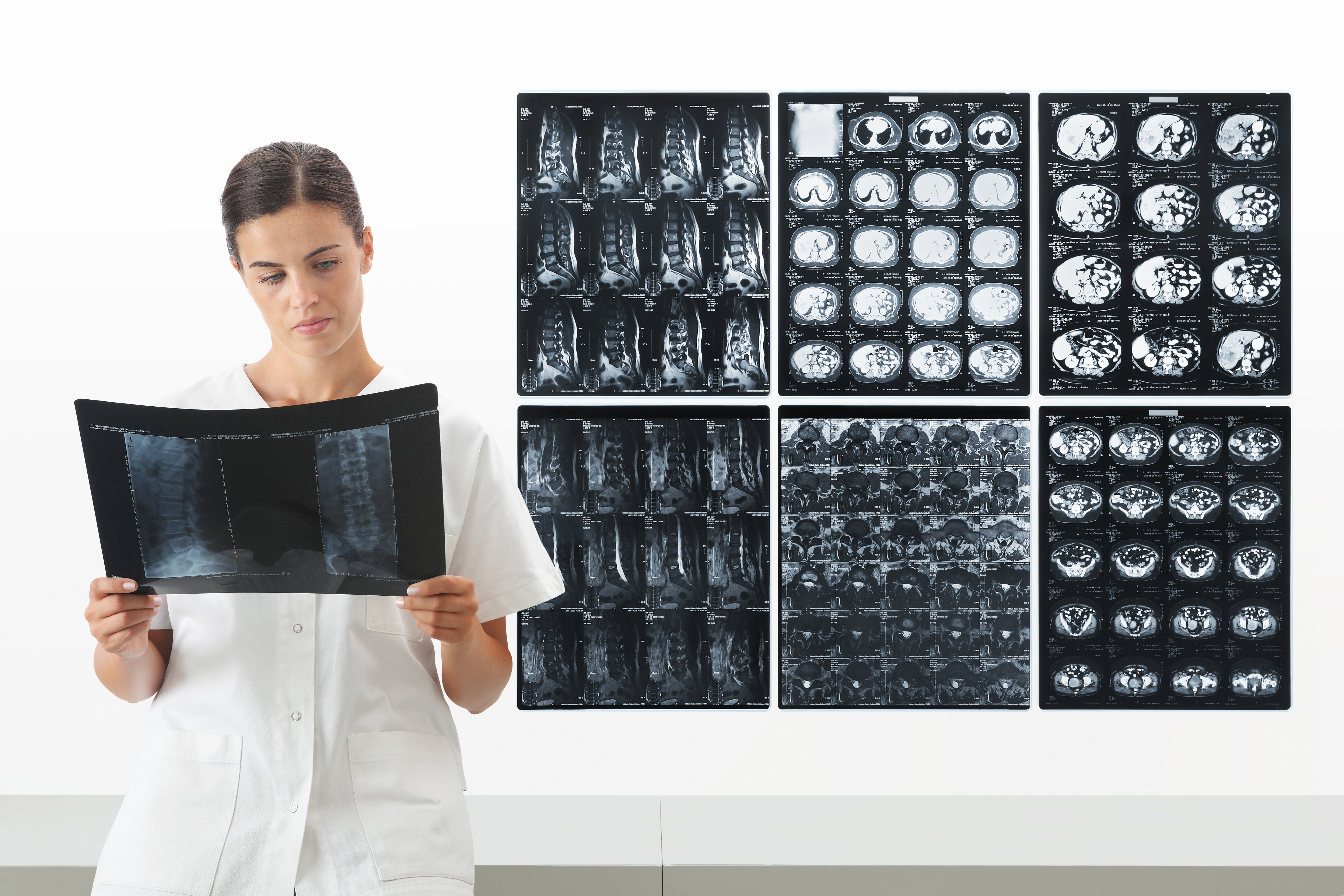In the ever-evolving landscape of healthcare, radiologic technology has stood at the forefront of innovation. With the advent of Artificial Intelligence (AI), we are witnessing a paradigm shift in how radiologic technologists approach their work, extending far beyond traditional image interpretation.
This blog post delves into the expanding role of AI in radiologic technology, exploring its multifaceted applications and the promise it holds for the future of healthcare.
AI Beyond Image Interpretation in Radiologic Technology
Traditionally, radiologic technologists have been associated with image acquisition and interpretation. However, AI is now paving the way for broader applications in the field. From streamlining administrative tasks like billing and scheduling to enhancing reporting accuracy, AI is transforming the operational landscape of radiologic technology. This integration not only optimizes workflow but also opens new avenues for improved patient care and service delivery.
Addressing Shortages of Radiologic Technologists with AI
The healthcare industry is grappling with a significant challenge – the shortage of skilled radiologic technologists. AI emerges as a beacon of hope in this scenario, offering tools that can handle an increasing number of imaging studies, thus mitigating the gap between demand and supply. By automating routine tasks, AI allows radiologic technologists to focus on more critical aspects of patient care, thereby enhancing the efficiency and quality of healthcare services.
AI’s Broader Impact in Healthcare
The influence of AI in radiologic technology is a microcosm of its potential to revolutionize healthcare at large. Innovations in AI are not only about improving diagnostic accuracy but also about enhancing the understanding of medical history and treatment options for patients. In systems like Yale New Haven Health, AI-driven tools are being developed for tasks such as impression generation and report simplification, which are crucial for effective patient communication and care.
AI for Clarifying Healthcare Information
A vital aspect of AI in radiologic technology is its ability to clarify complex healthcare information. Researchers are employing natural language processing algorithms to make radiology reports more comprehensible to patients and healthcare providers alike. This effort is pivotal in ensuring that healthcare information is accessible and actionable, fostering a more patient-centric approach to care.

Considerations and Cautions in Implementing AI in Radiologic Technology
While the benefits of AI are numerous, it’s crucial to approach its implementation with caution. As AI algorithms begin to play a more significant role in diagnostic processes, the need for human oversight cannot be overstated. It’s essential that AI serves as a support tool rather than a replacement for the skilled judgment of radiologic technologists. Ensuring a collaborative approach between AI and human expertise is key to maintaining the highest standards of care and patient safety.
Conclusion
The integration of AI into radiologic technology marks a new era in healthcare. As we embrace these advancements, it is imperative to balance innovation with ethical considerations and human insight. The future of radiologic technology, augmented by AI, promises not only improved operational efficiency but also a more personalized and effective patient care experience.

